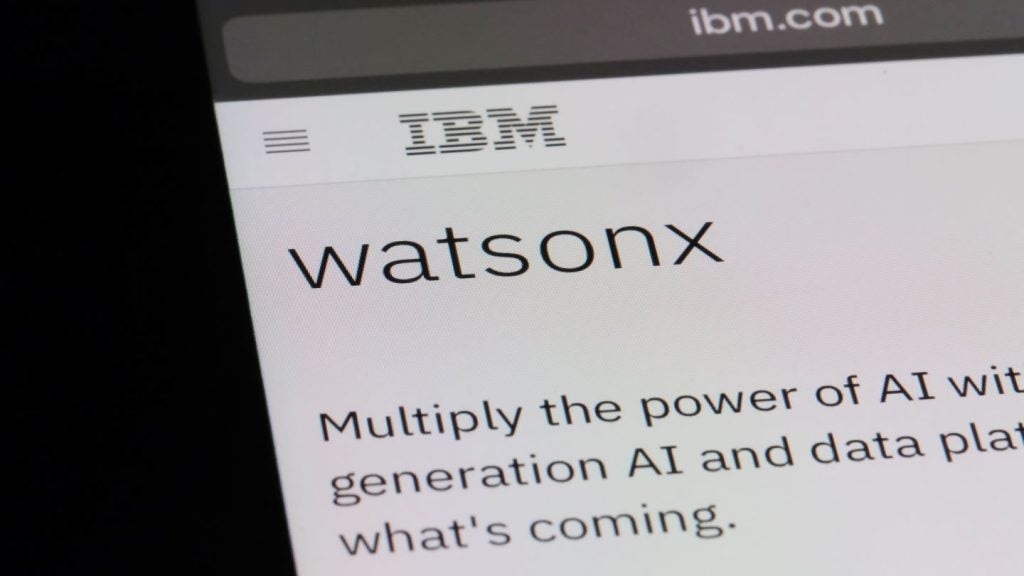
Modern data-driven applications are rapidly overtaking the capabilities of legacy platforms.
The latest solutions, like artificial intelligence and machine learning, have encouraged many corporations to actively pursue digital transformation, with an estimated 94% of workloads to be hosted in cloud data centres by 2021, according to Cisco. However, many corporations are yet to incorporate these solutions into their data programmes.
Instead, they rely on legacy software to manage their data. This is a concern for enterprises who will find that, without the cloud, they will struggle to analyse the vast quantities of structured, semi-structured or unstructured data within their networks. More importantly, legacy software will cause enterprises to miss the critical insights their data could offer.
With all this considered, cloud will be the future of DataOps.
However, it is only in recent years that cloud data programmes have seen mass adoption amongst organisations — as organisations begin to recognise the potential returns of cloud investment, investment in cloud infrastructure is expanding rapidly. As a result, Canalys estimates that spending on cloud technology will surpass $143 billion by 2020.
This movement towards the cloud coincides with the expanding scope of data pipelines. Only a few years ago Fortune 500 companies were cautious in exploring the possibilities of digital transformation. Now, big data is employed universally in large-scale, full production workloads. Big data is no longer a corporate buzzword, but an investment.
How well do you really know your competitors?
Access the most comprehensive Company Profiles on the market, powered by GlobalData. Save hours of research. Gain competitive edge.

Thank you!
Your download email will arrive shortly
Not ready to buy yet? Download a free sample
We are confident about the unique quality of our Company Profiles. However, we want you to make the most beneficial decision for your business, so we offer a free sample that you can download by submitting the below form
By GlobalDataData is staying put: why ‘big data’ needs the cloud
Modern data applications create processing workloads that require elastic scaling, meaning compute and storage needs change frequently and independently of each other.
The cloud provides the flexibility to accommodate this type of elasticity, ensuring the computing and storage resources are available to ensure optimal performance of data pipelines under any circumstances.
Many new generation data applications require data workflows to process increased traffic loads at certain times, yet little need to process data at other times – think of social media, video streaming or dating sites. For the many different organisations that encounter this type of resilience monthly, weekly, or even daily, the cloud provides an agile, scalable environment that helps future-proof against these unpredictable increases in data volume, velocity, and variety.
Thirsty bursty data
As an example, e-commerce retailers use data processing and analytics tools to provide targeted, real-time shopping suggestions for customers as well as to analyse their actions and experiences.
Every year, these organisations experience spiking website traffic on major shopping days like Cyber Monday — and in a traditional big data infrastructure, a company would need to deploy physical servers to support this activity. These servers would likely not be required the other 364 days of the year, resulting in wasted expenditures.
With the cloud, however, online retailers have instant access to additional compute and storage resources to accommodate traffic surges and to scale back down during quieter times.
In short, cloud computing lacks the headaches of manual configuration and troubleshooting, as with on-premise, and saves money by eliminating the need to physically grow infrastructure.
Hybrid really is the best of both worlds
Lastly, for organisations that handle hyper-secure, personal information (think social security numbers, health records, financial details, etc.) and worry about cloud-based data protection, adopting a hybrid cloud model allows enterprises to keep sensitive workloads on-premises while moving additional workloads to the cloud.
Organisations are beginning to realise that they don’t have to be all in or out of the cloud. According to Unravel’s 2019 survey of over 300 US IT decision makers (independently delivered by Sapio Research), data programmes are decidedly being moved to the cloud. What is more interesting, however, is that 56% of respondents indicated they are using a multi-cloud or hybrid cloud strategy.
Organisations aiming for longer-term data growth, flexibility and cost-saving need to carefully consider their enterprise infrastructure – and if their cloud strategy will be able to sustain their goals.
As they start to support advanced data-driven applications, whether it is in a hybrid set-up or exclusively on the cloud, modernised data processing systems will gradually become the norm.
Read more: Avoiding turbulence on your way to the cloud







